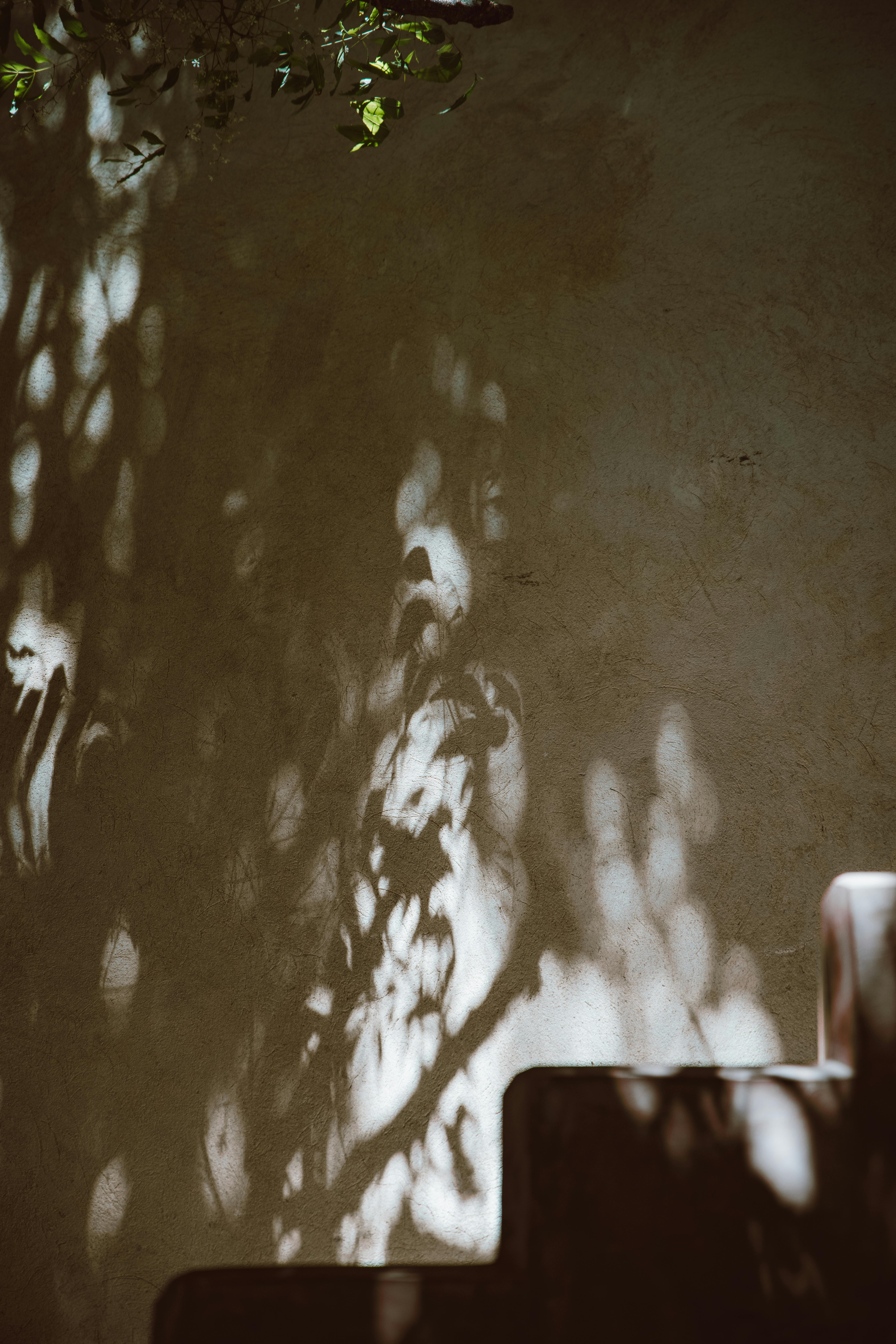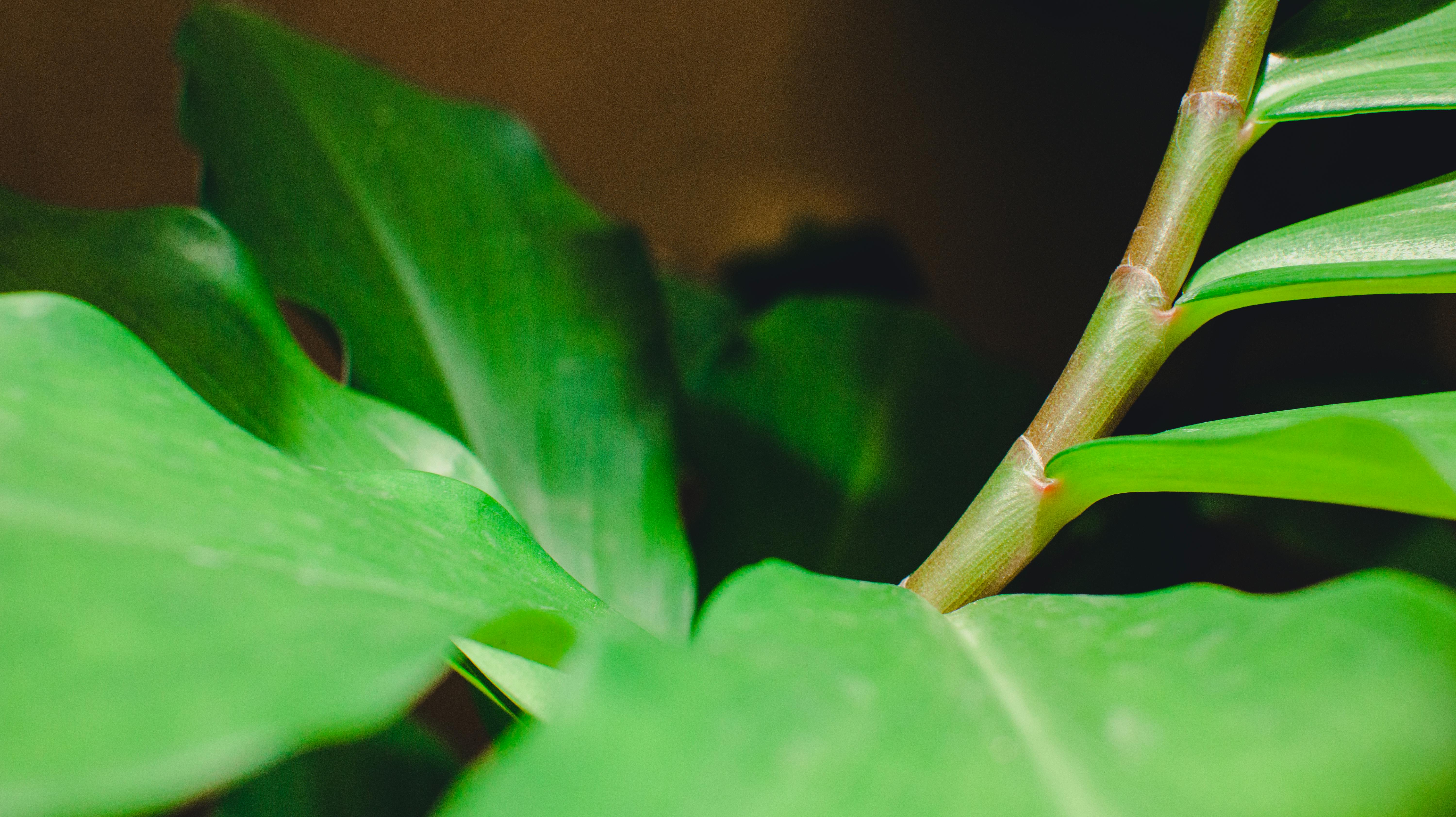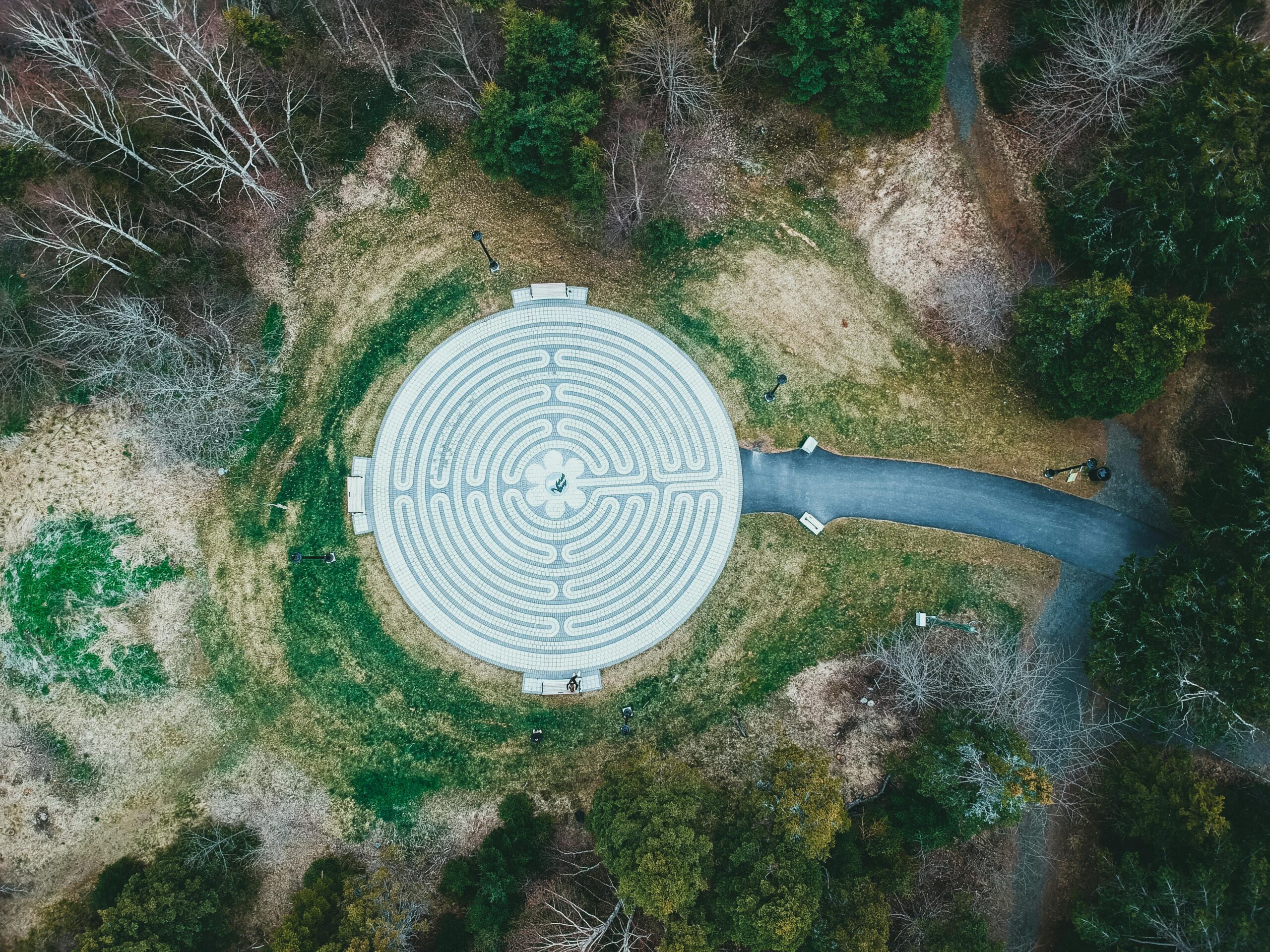Gestalten Garten: Tips and Ideas for Your Perfect Garden
Key Steps to Gestalten Garten
Gestalten garten (to shape or design a garden) can be a rewarding endeavor that enhances your outdoor space, creates a tranquil environment, and increases the value of your property. A well-designed garden blends aesthetics with practicality, allowing you to enjoy nature while adding personal touches. In this section, we will explore key principles and steps to effectively gestalten garten.
Understanding Your Space
The first step in effectively gestalten garten is understanding the characteristics of your space. Consider the size, layout, and existing features such as trees, slopes, or structures. Analyzing these elements will help you determine what types of plants and features will thrive in your garden. For instance, shady areas will benefit from shade-loving plants, while sunny spots are ideal for vibrant flowers and vegetables. Moreover, take note of the climate zone in your location, as it influences plant selection greatly.
Creating a Design Plan
A well-thought-out design plan serves as a roadmap for your garden project. Start by sketching your layout on paper or using garden design software. Include important elements like pathways, flower beds, shrubs, and other landscaping features. Make sure to think about color palettes, textures, and seasonal changes. Adding layers with different heights, such as tall plants in the back and shorter ones in the front, creates depth and interest in your garden design. Be sure to set aside a budget for materials and plants to keep your project on track.
Choosing the Right Plants
Plants are the heart of any garden—careful selection is critical to successful gestalten garten. Consider various aspects when choosing plants: their height, blooming seasons, and care requirements. It’s beneficial to create a blend of perennials, which come back each year, and annuals that provide seasonal colors. For example, incorporating evergreens gives your garden structure year-round, while flowering plants like daisies or tulips add seasonal flair. Additionally, think about native plants that are adapted to your region—they often require less maintenance and support local wildlife.

Incorporating Hardscapes in Your Garden
Hardscaping refers to the non-plant elements of your garden, such as pathways, patios, and water features. These components add functionality and visual appeal to your space. In this section, we’ll discuss how to effectively incorporate hardscapes into your gestalten garten design.
Building Pathways and Borders
Pathways are essential for guiding visitors through your garden while defining different areas. They can be made from various materials such as gravel, stone, or pavers. Creating pathways not only helps with navigation but also enhances the overall aesthetic of your garden. Consider adding borders with low-growing plants or decorative stones to outline paths and provide contrast to surrounding greenery.
Adding Garden Furniture
To truly enjoy your outdoor space, it’s crucial to include comfortable and inviting seating options. Whether it’s a simple bench or an elaborate gazebo, incorporating garden furniture offers a place for relaxation and social gatherings. Choose materials that complement your overall garden design and withstand local weather conditions. Furthermore, consider adding shade elements like pergolas or umbrellas to provide comfortable seating areas year-round.
Water Features: A Tranquil Addition
A water feature can serve as a stunning focal point in your garden, providing soothing sounds and attracting wildlife. Options range from small fountains to elaborate ponds. When adding a water feature, keep in mind its placement—ideally situated for visibility and accessibility. If space allows, consider creating a small ecosystem with aquatic plants and fish for a lively atmosphere. Regular maintenance ensures your water feature remains a beautiful and functional part of your gestalten garten.

Maintenance Tips for a Thriving Garden
Once you have successfully gestalten garten, maintenance is essential to keep your outdoor space looking its best. In this section, we’ll cover key maintenance tips to ensure your garden thrives year-round.
Regular Watering and Fertilization
Watering is vital, especially in the initial stages of your garden’s growth. Establish a regular watering schedule that considers seasonal changes and weather conditions. Most plants benefit from deep, infrequent watering to encourage their roots to grow strong. Additionally, applying fertilizer at appropriate times can promote plant health and flowering. Look for organic options to enrich soil without harming the environment.
Pest Control Strategies
Pests can pose a significant threat to your garden. Implementing eco-friendly pest control methods ensures the health of your plants without using harsh chemicals. Encourage beneficial insects like ladybugs and bees, which can act as natural pest deterrents. Regularly inspect your plants for signs of infestation and address issues promptly. If problems arise, consider using homemade remedies or non-toxic treatments to protect your garden’s ecosystem.
Seasonal Pruning and Cleanup
Seasonal pruning is essential to promote healthy growth and air circulation in your plants. Regularly remove dead or diseased branches, and trim back overgrown areas to maintain the desired shape and size. Also, don’t forget to perform seasonal cleanups—removing leaves, debris, and spent flowers helps prevent disease and keeps your garden looking tidy. This attention to detail fosters a nurturing environment for your plants to thrive.
Key Takeaways
- Understanding the layout and characteristics of your space is fundamental when gestalten garten.
- A well-thought-out design plan, including pathways and seating areas, enhances the functionality of your garden.
- Selecting a mix of plants suitable for your climate ensures a vibrant garden with year-round interest.
- Regular maintenance, including watering, pest control, and seasonal cleanup, is essential for garden health.
- Incorporating water features and garden furniture can enhance your outdoor experience.
FAQ
1. What are the best plants for a beginners’ garden?
For beginners, it’s best to start with hardy plants. Consider perennials like hostas, daylilies, and black-eyed Susans, which are relatively easy to care for. Annuals such as marigolds and zinnias add color without requiring extensive maintenance. Don’t forget to incorporate some herbs like basil and mint, which are not only easy to grow but also useful in the kitchen.
2. How can I improve soil quality in my garden?
Improving soil quality can significantly impact plant growth. Start by testing the soil to understand its pH and nutrient levels. Amending with organic compost or well-rotted manure can enrich the soil, providing essential nutrients. Additionally, consider mulching around your plants to help retain moisture and suppress weeds, further enhancing soil quality over time.
3. What are the benefits of native plants in my garden?
Native plants are adapted to the local environment, making them resilient and low-maintenance options for your garden. They support local wildlife, including insects and birds, which can enhance biodiversity. Additionally, native plants often require less water and fertilizer than non-native species, conserving resources while providing vibrant beauty to your outdoor space.
4. How frequently should I water my garden?
The frequency of watering depends on various factors, such as plant type, soil quality, and climate. A general rule of thumb is to water deeply once a week, allowing perennials to develop strong root systems. During particularly hot or dry spells, you may need to adjust your schedule to prevent stress on your plants, ensuring they receive enough hydration.
5. What should I consider when adding garden furniture?
When adding furniture to your garden, consider the style, material, and durability. Select furniture that complements your garden’s aesthetic and is suitable for outdoor use. Opt for weather-resistant materials like teak, aluminum, or resin to ensure longevity. Additionally, ensure that your seating areas are strategically placed to take advantage of views and create inviting spots for relaxation.
